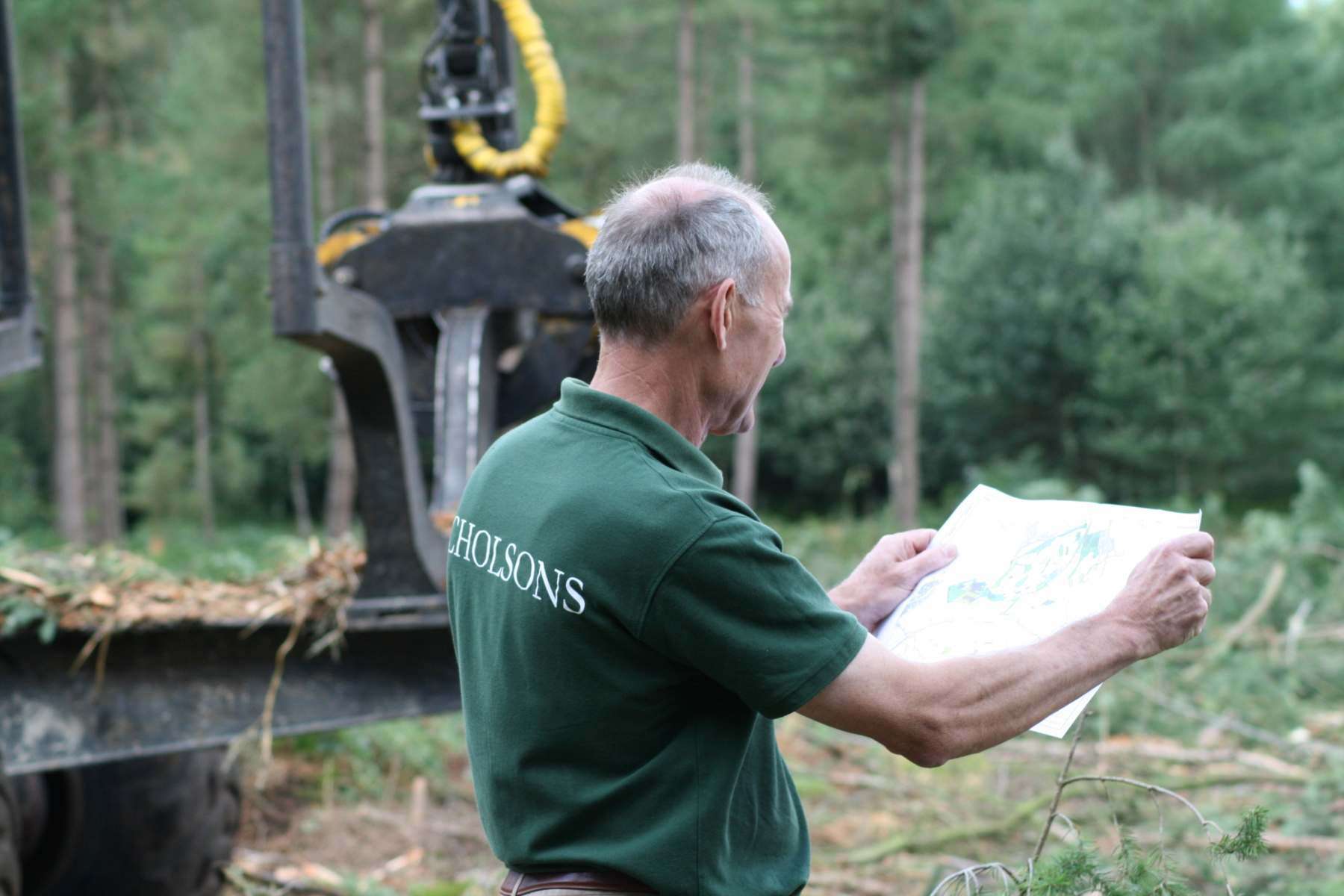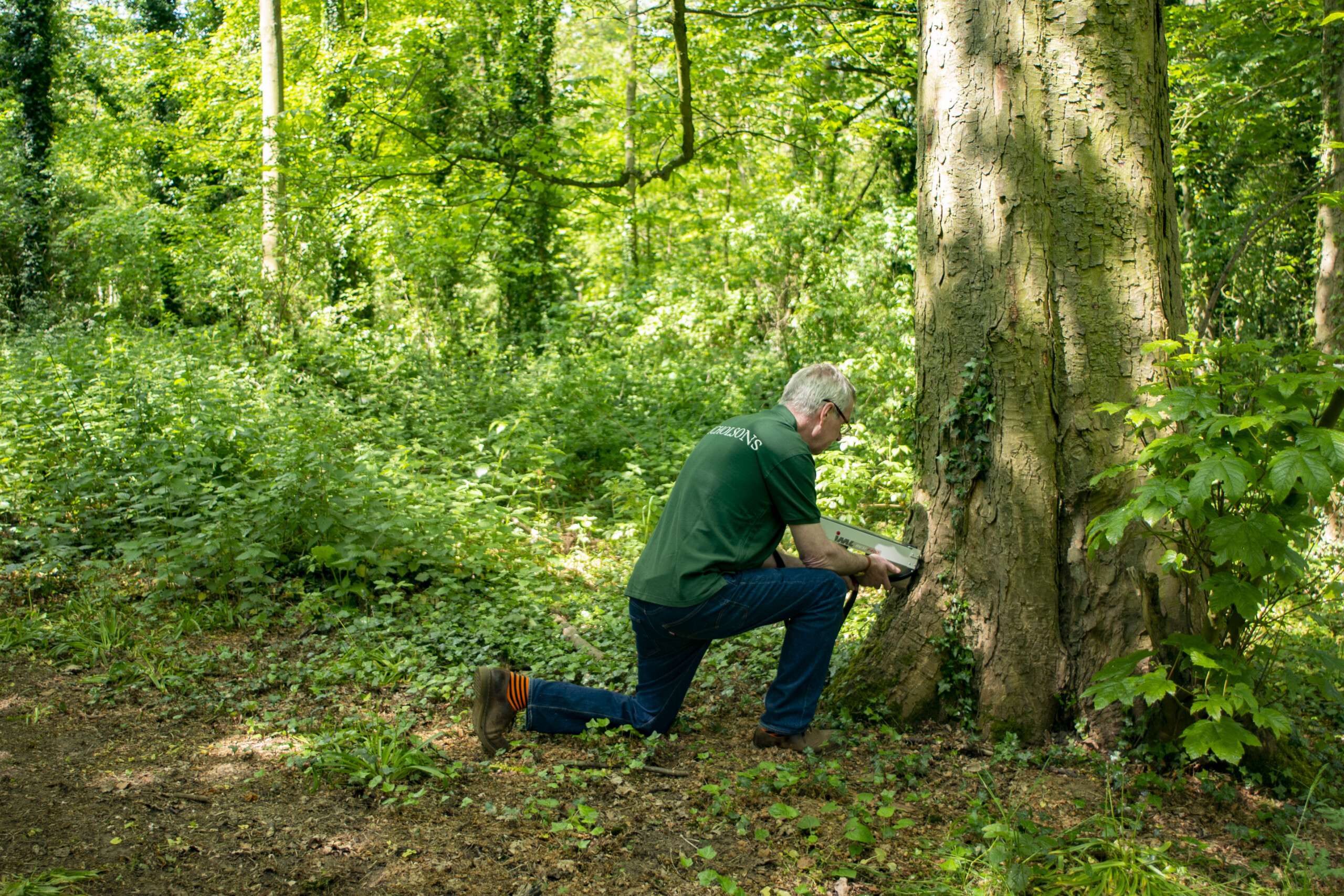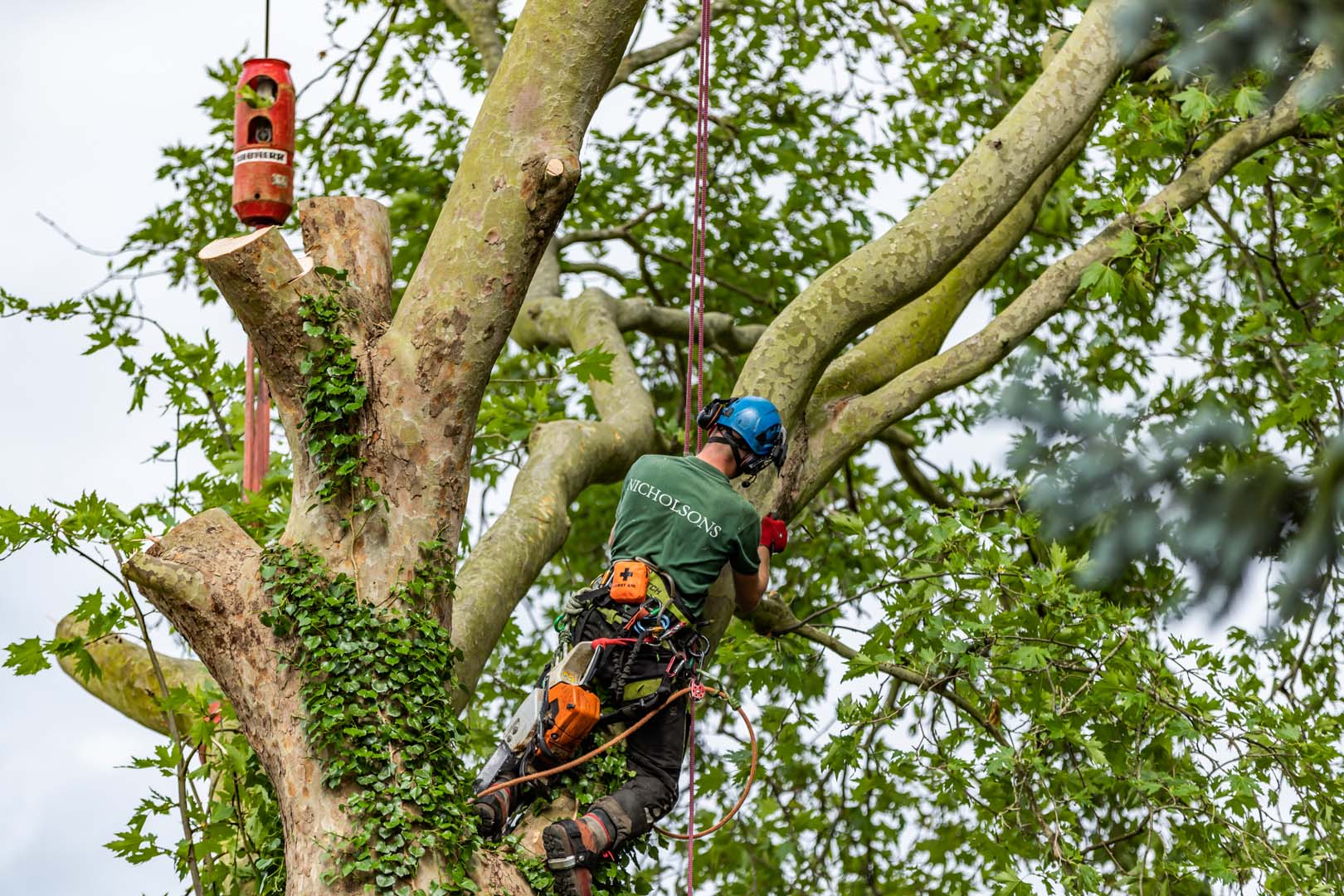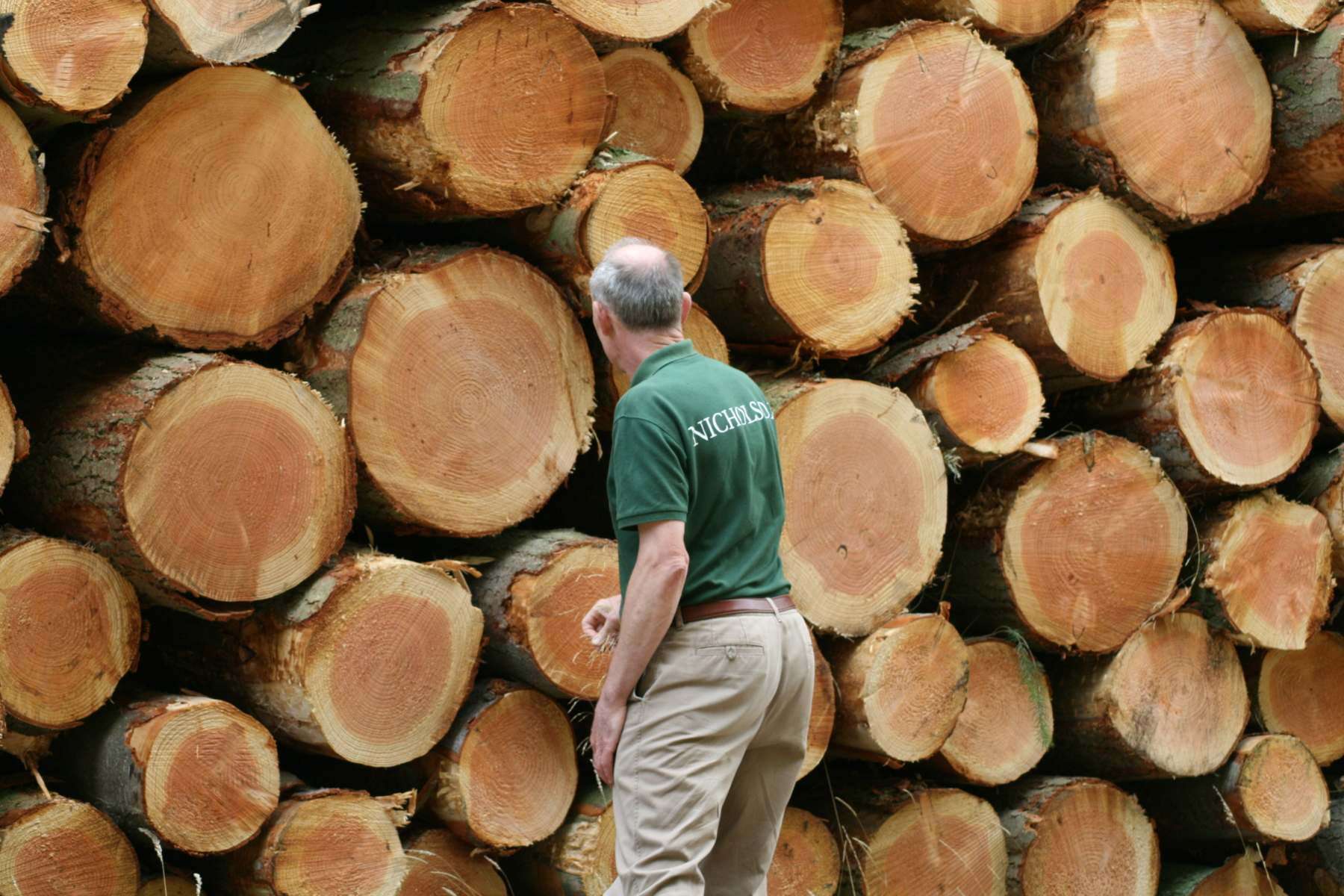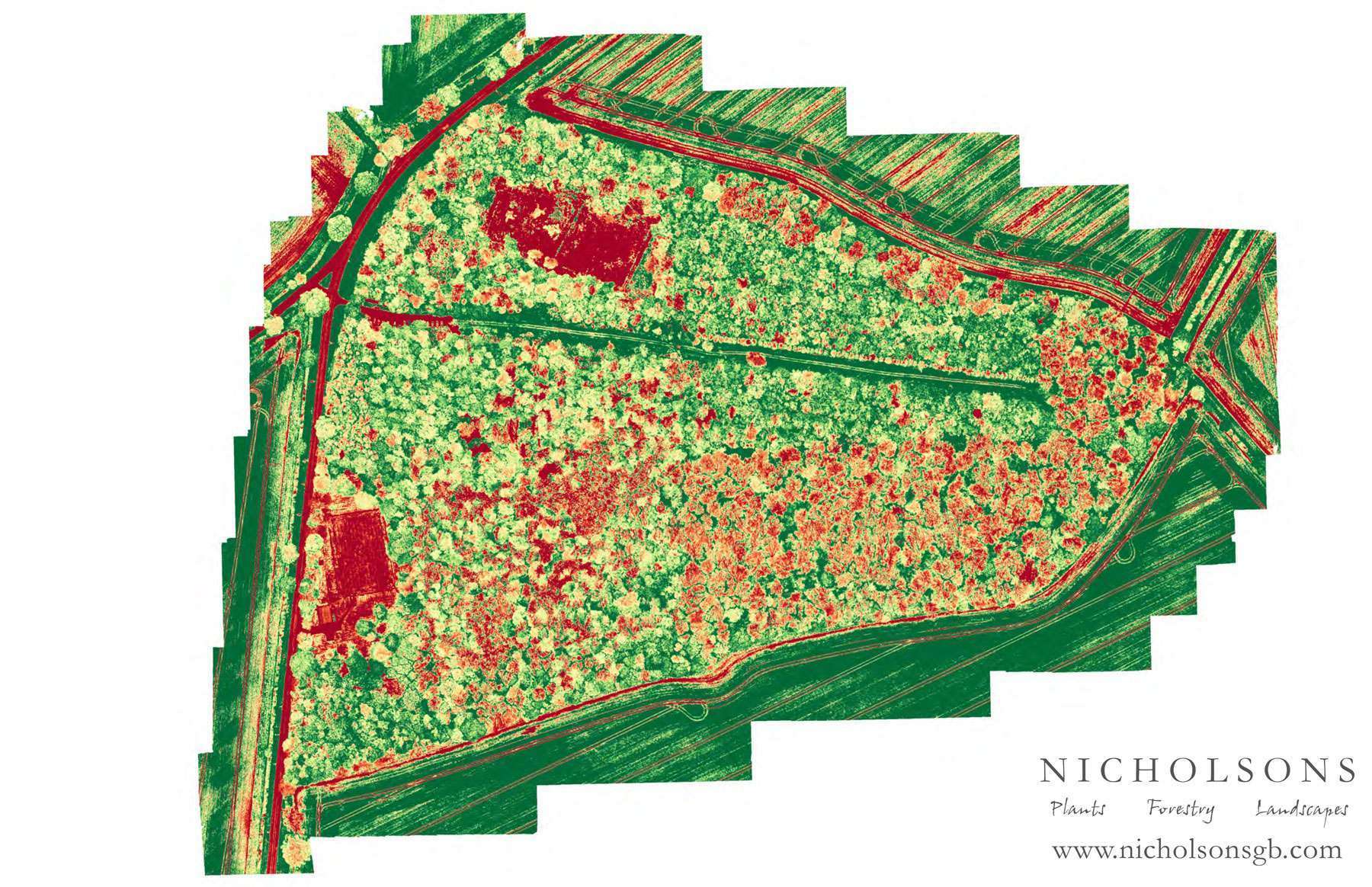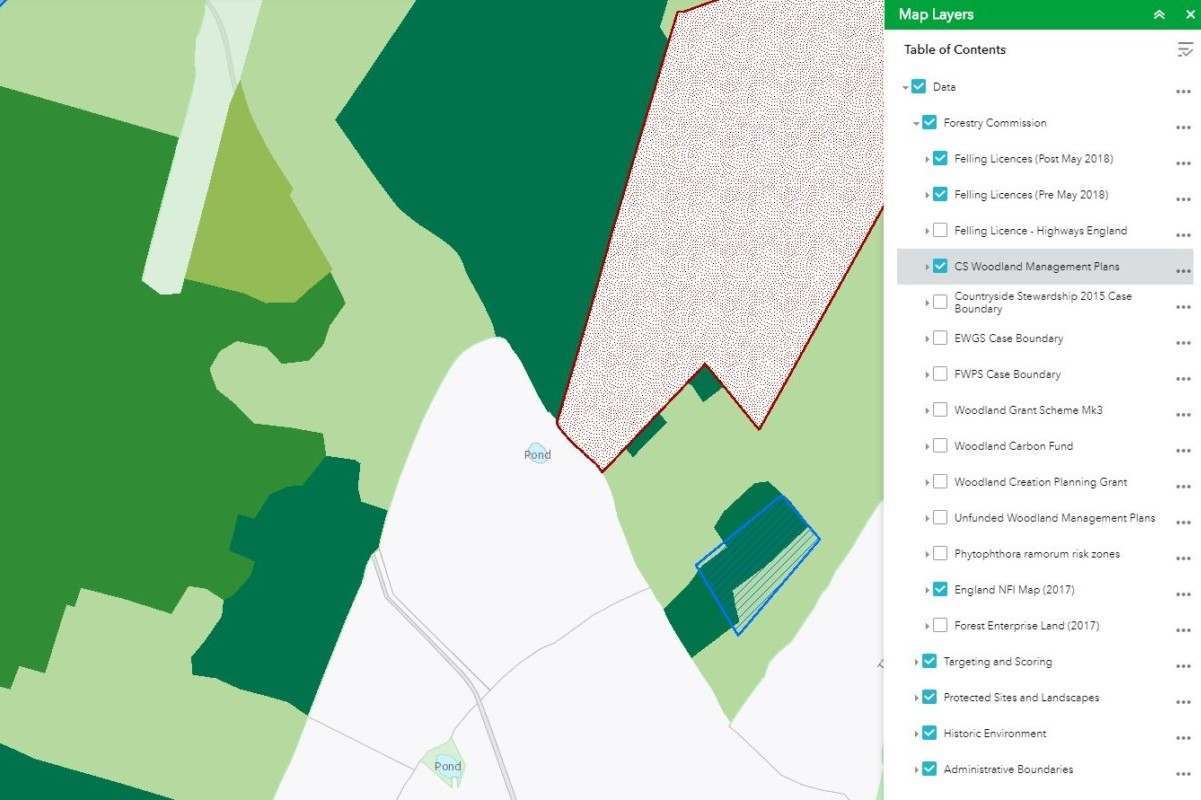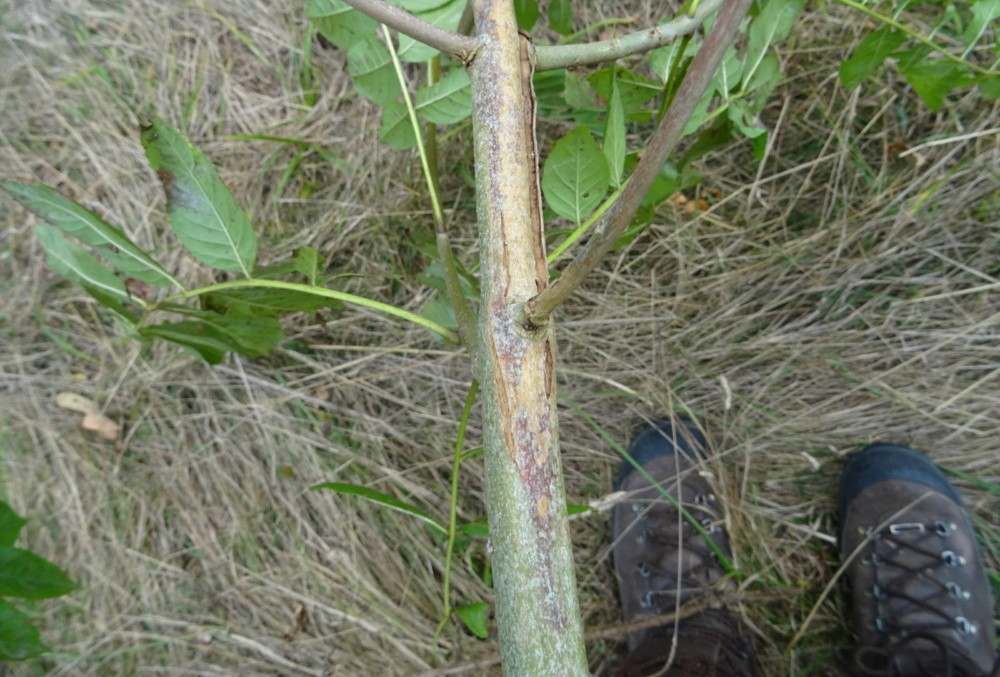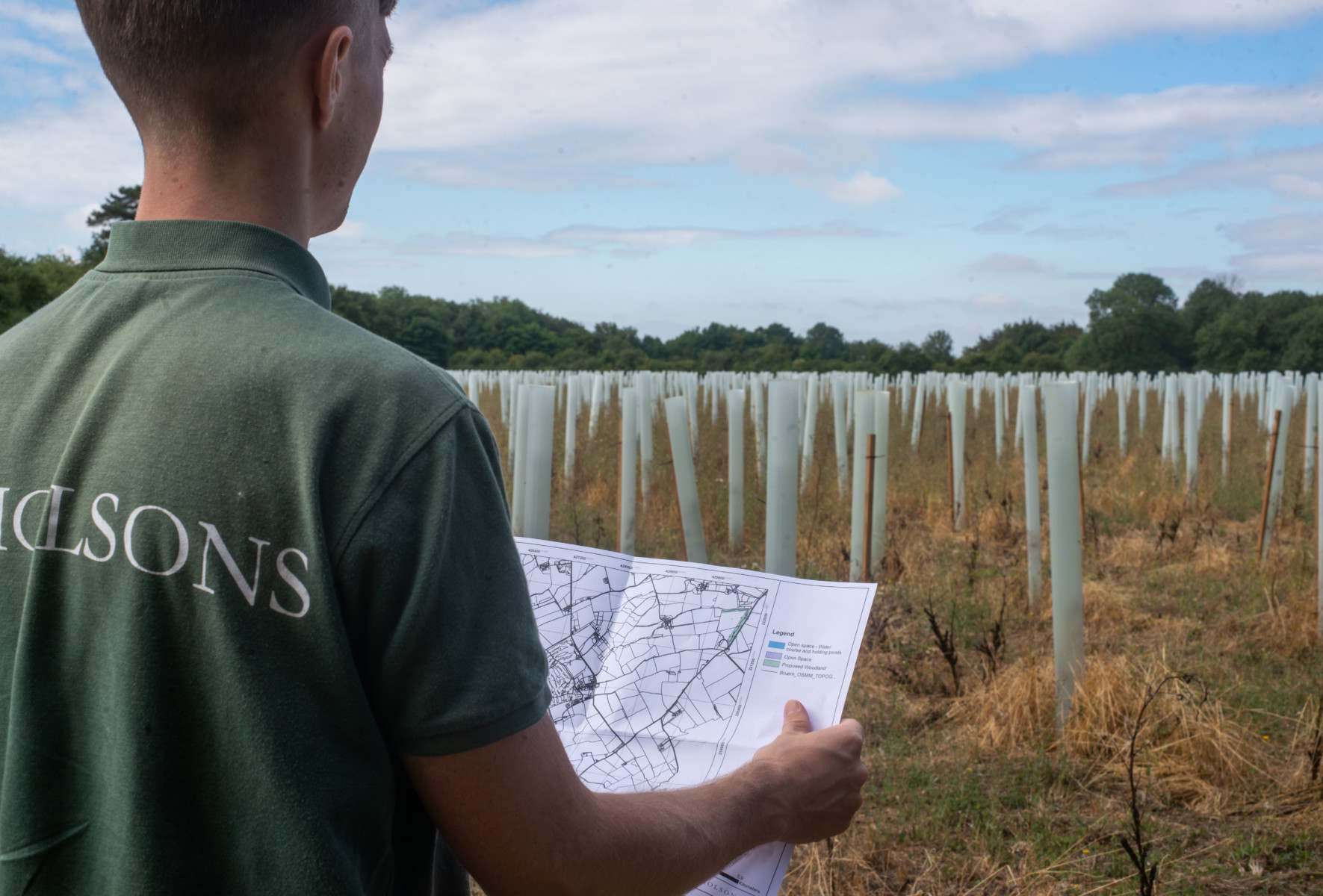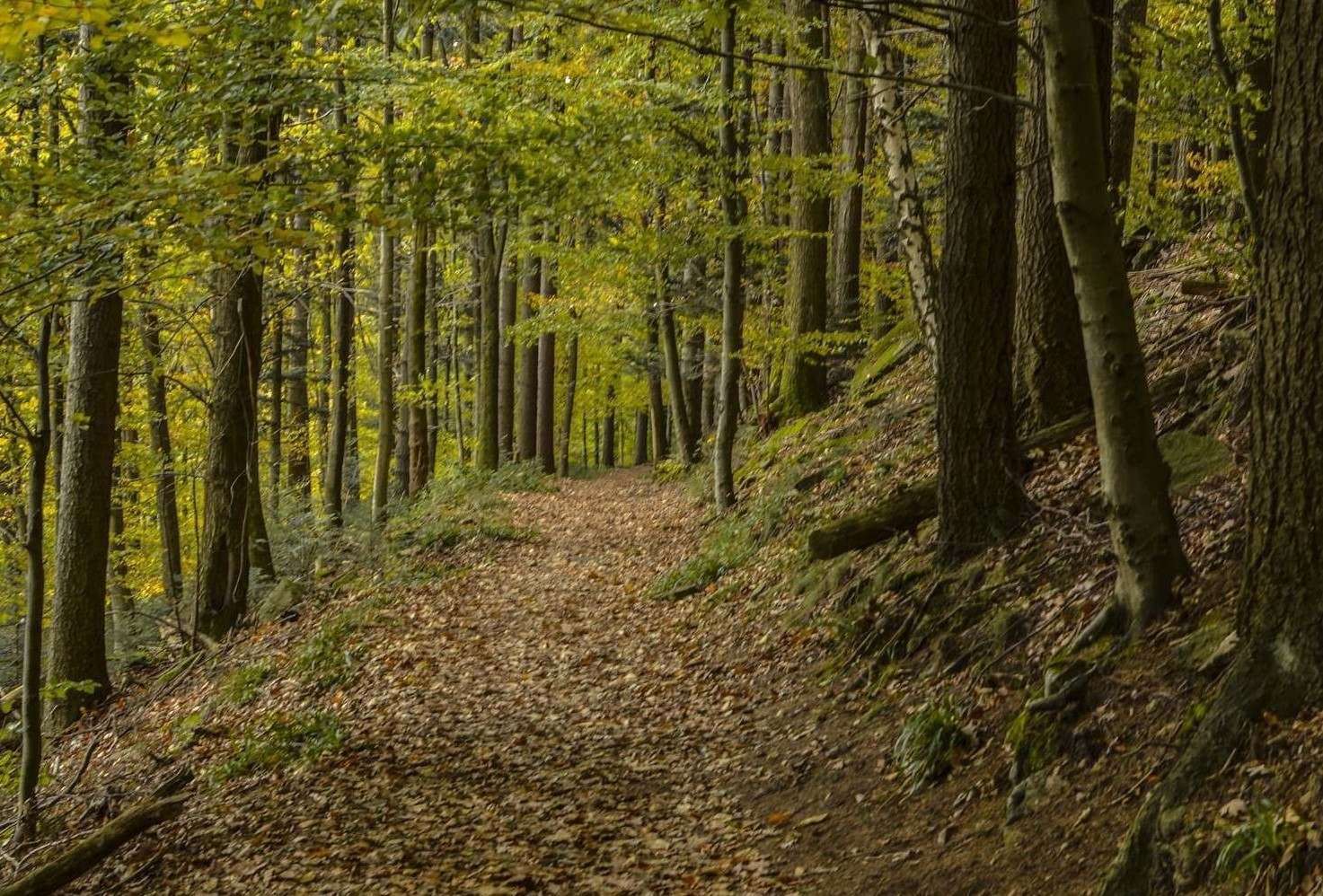ASH DIEBACK
Ash Dieback is now well established across the UK and forecast to kill the majority of our native Ash trees (Fraxinus excelsior) with as large an impact on the UK’s woodlands and landscape as Dutch Elm Disease.
What is Ash Dieback and What Does it do?
Ash Dieback (Hymenoscyphus fraxineus) is a fungal disease spread by aerially dispersed spores. It has spread rapidly across Europe since the mid 90’s via human and natural dispersal and is now widespread across the UK. The fungus kills most seedlings and saplings within 2-3 years, mature trees typically lose 10%-15% of their canopy each year with 70% of infected woodland trees dying within 15 years either directly from loss of canopy and structural failure, or indirectly from secondary attack of the roots by honey fungus. As the disease progresses the trees timber stains black and loses tensile strength greatly increasing the risk of branches being shed when felled or undertaking arboricultural work. It also increases the risk of neighbouring trees failing when work occurs. Current Forestry Commission guidance is that enhanced safety procedures are put in place to account for the increased risk and unpredictability of diseased trees, preferably operating from armoured cabs.
If I have ash trees what should I do?
Owners of ash trees will need to assess whether they are likely to present an increased duty-of-care risk over the coming decade, what function they serve in their wider land holding, reconsider any management plans, and budget for increased work costs, consents, and restocking that may be required.
What is the outlook for Ash in the UK?
In the short-term, Ash trees are a time-limited resource as mature trees die and the young regeneration is rapidly killed off. However, in Europe 5-10% of ash show some resistance to the disease, of which 2% show strong resistance. It is hoped that quasi-resistant ash will be available to plant within the next 25 years but mature ash trees are unlikely to be a significant feature of our landscape for at least 100 years. The ability of mature ash to naturally and rapidly set genetically mixed seed is also a source of hope. Most seedlings and saplings will die but constant rapid seeding may result in the natural selection of resistant trees provided the surviving saplings are able to escape the day-to-day predations of deer and grey squirrels.
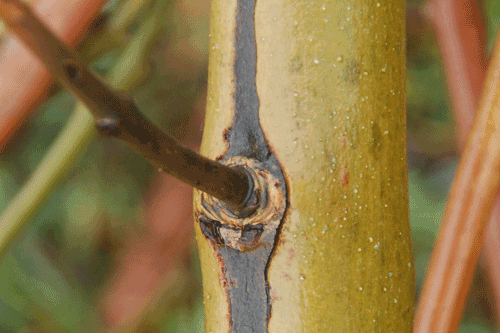
What can Nicholsons offer?
Nicholsons are able to provide the following services to effectively manage Ash Dieback at an individual tree and woodland level:
Individual Tree Assessments
A visual inspection from the ground with climbing or drone inspection if required resulting in confirmation of disease presence and recommendation of work to be undertaken based on the trees location and size. Can be accompanied by a quote covering the recommended works if required.
Managing Forestry Operations & Timber Sales
Our experienced foresters are able to supervise all aspects of thinning, clear-felling, and restocking of infected ash woodland. They can also market and secure the best available prices for timber and provide realistic advice on what that timber may be worth.
Disease Confirmation
Identification of disease symptoms can be confirmed by submission to the Forestry Commission’s free TreeAlert service. Our experienced personnel are able to take correct samples and submit appropriate location information in order to confirm the presence of ash dieback on a site.
Woodland Management Advice
Our experienced foresters can provide desktop or field visit based advice on how to manage your woodlands, what to plan for, and where ash is to be cleared recommend alternative species to restock with. Our foresters can also draw up formal Woodland Management plans to the Forestry Commission/UKWAS standard, which once approved provide a 10 year felling licence and unlock the wider suit of woodland grants.
Securing Woodland Grants
Our forestry team has extensive experience of the existing woodland grant schemes, including the Countryside Stewardship Tree Health grant designed to help woodland owners restock woodland infected with Ash Dieback which is consequently being felled prematurely. We are able to compile and submit grant applications with appropriate mapping and detail.
Further Advice
Need advice or further information? CONTACT A MEMBER OF OUR FORESTRY DEPT
Tel: 01869 340 342 option 3
Email: contact@nicholsonsgb.com
Useful Sources of Information on Ash Dieback
Disease Identification – https://www.treecouncil.org.uk/What-We-Do/Ash-Dieback
Disease Outbreak Map – http://chalaramap.fera.defra.gov.uk
Forestry Commission Guidance – https://www.gov.uk/government/publications/managing-ash-in-woodlands-in-light-of-ash-dieback-operations-note-46
Summary of European Academic research – https://www.slu.se/globalassets/ew/org/inst/mykopat/forskning/stenlid/dieback-of-european-ash.pdf
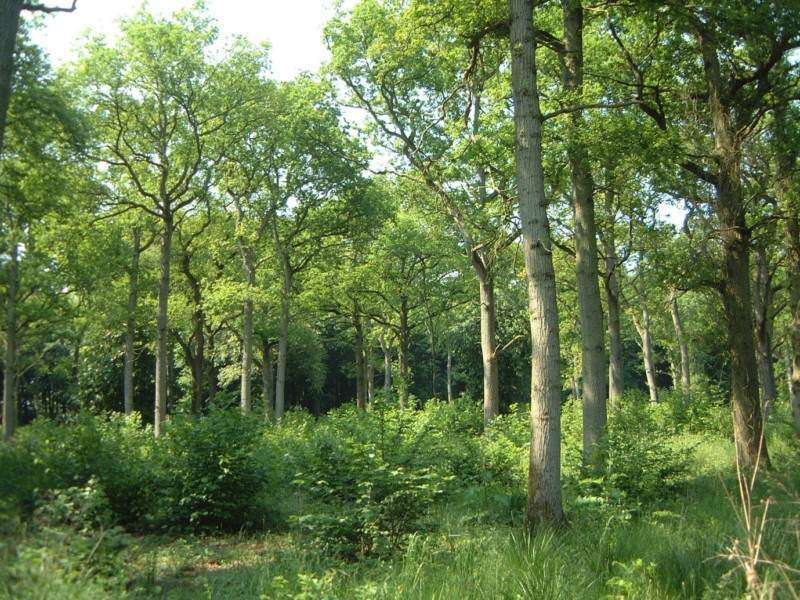
Additional Documents
Disease:
- Chalara infections map, FERA/DEFRA
- ‘Ash tree research strategy 2019’, DEFRA and Forestry Commission
Delivery:
- ‘Managing ash in woodlands in light of ash dieback: operations notes 46’, Forestry Commission
- ‘Common sense risk management of trees’, National Tree Safety Group
- The National Tree Safety Group
- ‘Managing woodland SSSIs with ash dieback (Hymenoscyphus fraxineus)’, Forestry Commission and Natural England
- ‘How to benefit species and habitats biodiversity in your woodland’, Forestry Commission
Legal:
- ‘European protected species: apply for mitigation licence’, Natural England
- ‘Tree felling licence: when you need to apply’, Forestry Commission
- ‘Ecological impacts of ash dieback and mitigation methods’, Forest Research
- ‘Genetic considerations for provenance choice of native trees under climate change in England’, Forest Research
- ‘Tree Preservation Orders and trees in conservation areas’, Ministry of Housing, Communities & Local Government
How can our forestry team help?
Our expert forestry team offer a wide range of services and would be happy to discuss how they can best support you.
“Thank you all for such a rare and appreciated quality of service. We will have no hesitation in recommending you to our friends.”
Mrs Borrough
Nicholsons is accredited by the following official organisations:
Approved contractors of the Safe-contractor scheme, Nicholsons are also accredited with CHAS and Arboricultural Association. The Company recently won an award as Cherwell Established Business of the Year 2019, as well as Oxfordshire Large Business of the Year awards 2019.


